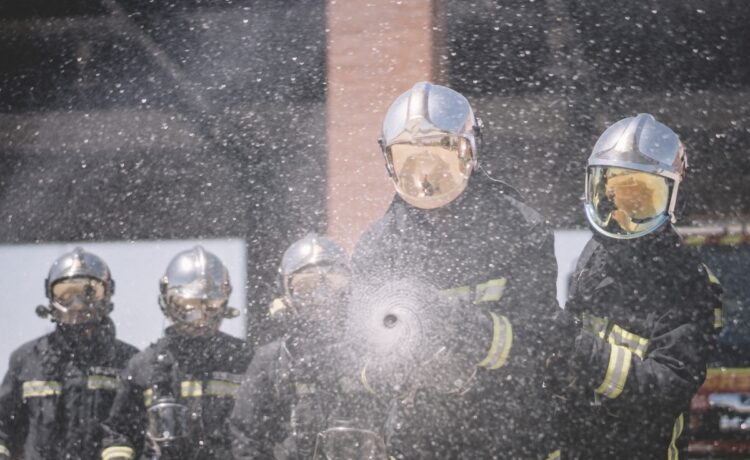When it comes to protecting lives, property, and the environment, the most reliable first line of defense is a well‑trained fire crew. Whether you’re a seasoned first responder or an eager volunteer, the fundamentals of fire training remain the same: knowledge, practice, and the mental readiness to act in high‑pressure situations. Yet, the landscape of fire training is evolving, and the tools we use are just as critical as the skills we hone.
Understanding the Core Elements
Fire training begins with theoretical foundations—combustion science, fire behavior, building construction, and the latest regulations. This knowledge base equips responders to predict how a fire might spread and what equipment is needed.
Next comes hands‑on drills. These range from simple hose‑line handling to complex incident command simulations. Repetition builds muscle memory, ensuring that, when seconds count, actions become instinctive.
Finally, recovery and debrief rounds keep teams iterating. Discussing what worked, what didn’t, and why fosters continuous improvement and camaraderie.
Why Realism Matters
A fire incident is never a textbook scenario. Humidity, wind, building layout, and human behavior introduce variables that can drastically alter outcomes. Traditional classroom instruction and static mannequins simply can’t replicate that unpredictability.
Enter immersive fire training systems—a cutting‑edge approach that places responders inside a fully simulated environment. From realistic fire dynamics to dynamic smoke and heat fields, these systems create a sensory experience that mirrors actual emergencies. The use of high‑definition visual displays, motion‑captured training dummies, and even olfactory cues helps teams practice decision‑making under authentic stress.
Benefits Beyond Skill Development
- Safety: Trainees practice dangerous scenarios without real fire or hazardous chemicals, minimizing risk.
- Efficiency: Rapid training cycles mean crews can achieve higher competency levels in shorter time frames.
- Adaptability: Systems can be updated to reflect new equipment, building codes, or emerging fire science.
- Data‑Driven Insight: Many platforms record performance metrics, allowing managers to identify strengths and areas for targeted improvement.
Integrating Immersive Systems into Your Brigade
Adopting new technology requires thoughtful planning. Start with a needs assessment: what gaps exist in your current training? Then, pilot a small module—perhaps a hose‑line drill—before scaling up. Training staff to operate the system, establishing maintenance schedules, and setting clear learning outcomes will ensure a smooth rollout.
The Road Ahead
As fire departments worldwide confront increasingly complex challenges—wildland‑urban interface fires, high‑rise emergencies, and chemical incidents—modern training methods become indispensable. By embracing immersive fire training systems, teams can elevate their readiness, reduce response times, and ultimately save more lives.
Investing in realistic, repeatable training is not just a strategic decision; it’s a commitment to safety, professionalism, and community resilience. The next time you think about fire training, remember that the best preparation comes from stepping into the heat, not just studying it from afar.





